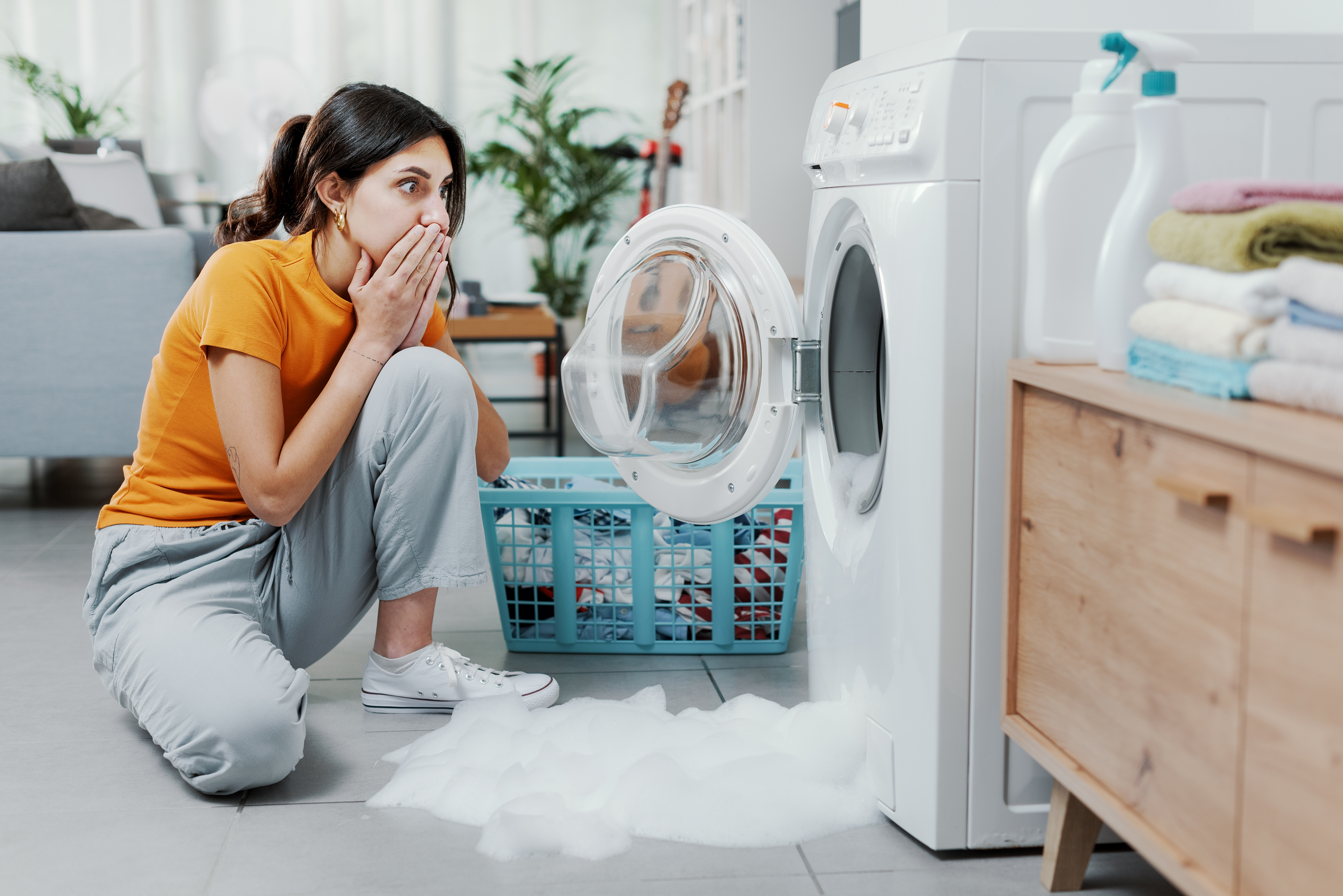Fixing your appliances yourself offers a dual benefit: It’s both economically advantageous and personally satisfying. Taking on these tasks can significantly extend the lifespan of your household gadgets, reducing the need for costly replacements. However, the importance of being well-informed and cautious cannot be overstated. Approaching your repairs with the right knowledge and care is crucial for success. In this article from the Kari Haas Real Estate Team, we’ll delve into a comprehensive seven-step guide to ensure your DIY appliance repairs are efficient, safe, and cost-effective.
Taking Safety Measures
Before attempting any repair, it’s crucial to disconnect the appliance from its power source or shut off the circuit breaker. This step is essential in preventing the risk of electrical shock or other potential hazards. Your safety is the top priority when tackling DIY repairs. Failing to take proper precautions can lead to serious injuries, so never neglect this vital step.
Diagnosing the Issue
Don’t start unscrewing parts until you’ve properly identified the problem. Check your appliance’s user guide or seek advice from credible online resources to understand the nature of the malfunction. Correctly pinpointing the issue will help you determine if it’s something you can handle, or if professional intervention is needed.
Tapping into the Internet
The internet is a treasure trove of wisdom for DIY repairs. Websites specializing in appliance fixes, instructional YouTube videos, and online forums can offer expert advice and helpful walkthroughs. These platforms are often frequented by seasoned DIYers who share their knowledge and tips for successful fixes.
Ensuring You’re Using Quality Tools
Having the right tools is crucial for any DIY repair. At the very least, ensure you have a quality set of screwdrivers, adjustable wrenches, a multimeter, and a socket set. These basic tools are versatile enough to handle many common repair jobs. Investing in good-quality tools will not only make the repair process easier but also more efficient.
Finding Specialized Components
When your DIY appliance fix calls for new parts, choose a supplier who stocks a wide range of quality components. For example, you may need a specialized item like a peripheral driver, which ensures seamless functionality by enabling the communication and control between the main processing unit and external devices. Find a supplier who has real-time inventory from dependable manufacturers around the world. This will not only save you time but also ensures that you are getting parts that will last.
Staying Organized and Documenting Steps
Patience and organization can be the determining factors between a successful repair and a botched job. As you dismantle your appliance, document each step either by taking pictures or jotting down notes. This will greatly assist you when it’s time to put everything back together and can prevent the unfortunate occurrence of “leftover” parts.
Knowing When to Call a Professional
A thorough assessment of how complicated the issue is can save you a lot of time and potential frustration. While some fixes are generally safe for you to take on yourself, more intricate repairs may necessitate the assistance of a certified technician. Reaching out to a professional may be necessary if you lack the necessary expertise to avoid causing further damage to the appliance.
Being your own appliance repair technician can be a fulfilling and money-saving experience. Adhering to these key principles of ensuring safety, evaluating repair complexity, correctly identifying issues, gathering the appropriate tools, making use of available online resources, selecting high-quality components, and maintaining an organized approach will greatly enhance your DIY repair capabilities. By implementing these vital strategies, you are setting yourself up for success in your DIY appliance fixes.
Discover the exceptional service and expertise of the Kari Haas Real Estate Team. Let us help you sell your house and find your home.
 Facebook
Facebook
 X
X
 Pinterest
Pinterest
 Copy Link
Copy Link
